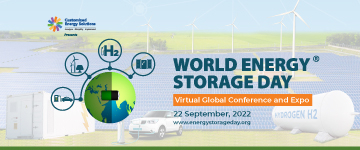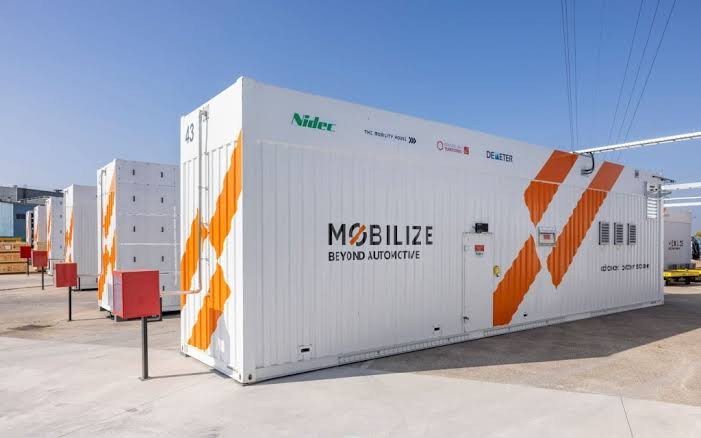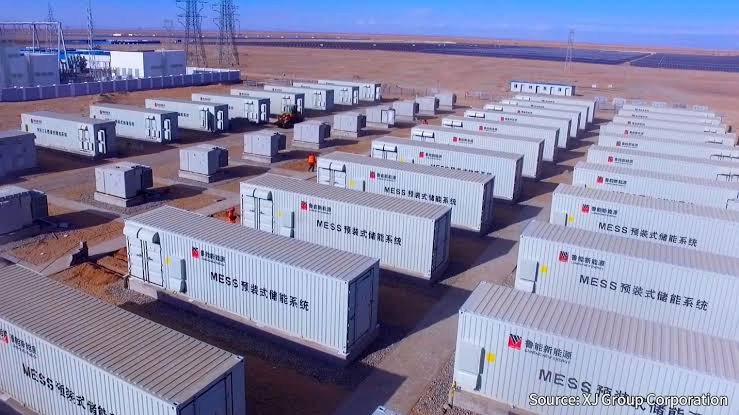Vietnam's national hydrogen strategy targets 10-20 mtpa by 2050
Vietnam has recently approved its national hydrogen production strategy, seeking international investors to establish a production ecosystem in the country for both green and blue hydrogen meant for domestic and export markets.
The Southeast Asian country aims to achieve a production capacity of 100,000-500,000 tons of hydrogen per annum by the end of this decade, scaling up to generate 10-20 million tons per annum (mtpa) by the year 2050, using both renewable energy and carbon capture technologies.
Along with global exports, the country targets domestic consumption of the hydrogen in sectors such as transportation, power generation and heavy industries, thereby meeting about 10 percent of Vietnam's cumulative energy demand by 2050.
The country's Ministry of Industry and Trade, in a statement, said, "The overall goal of the strategy is to develop Vietnam's hydrogen energy ecosystem based on renewable energy, including production, storage, transportation, distribution, domestic use and export to downstream countries", as reported by Hydrogen Insight.
Vietnam has also vowed to gradually develop the hydrogen energy market in sync with its roadmap for energy transition in critical sectors such as power production, transportation including road, rail, waterway, air, and industries such as steel, cement, chemical, oil refining, and so on, along with commercial and residential energy needs.
The Ministry has also noted that it will deploy projects that "take advantage of existing infrastructure" and those that create "mechanisms and legal corridor for businesses that produce and use fossil energy to actively convert to producing and using hydrogen energy".
The Vietnamese government, which is striving to achieve net-zero by 2050, is considering hydrogen as a key clean energy source for its climate goals on decarbonization and energy transition.
The country is reported to have assigned specific tasks to various ministries and local agencies for effective deployment of its the hydrogen strategy by adjusting provincial plans and policy changes to encourage hydrogen use and tap capital from domestic and international sources.
(With inputs from HydrogenInsight.com)




















